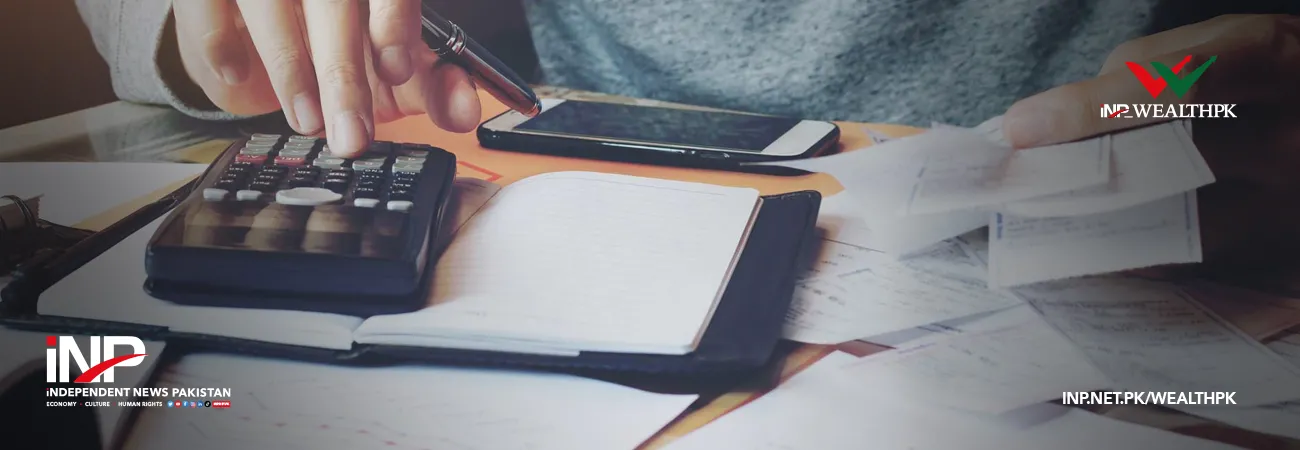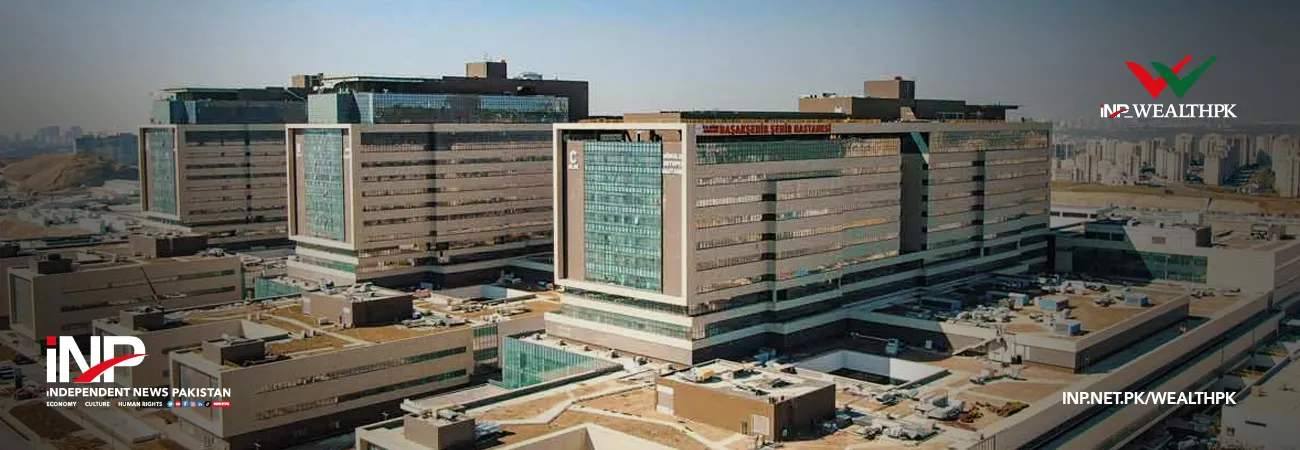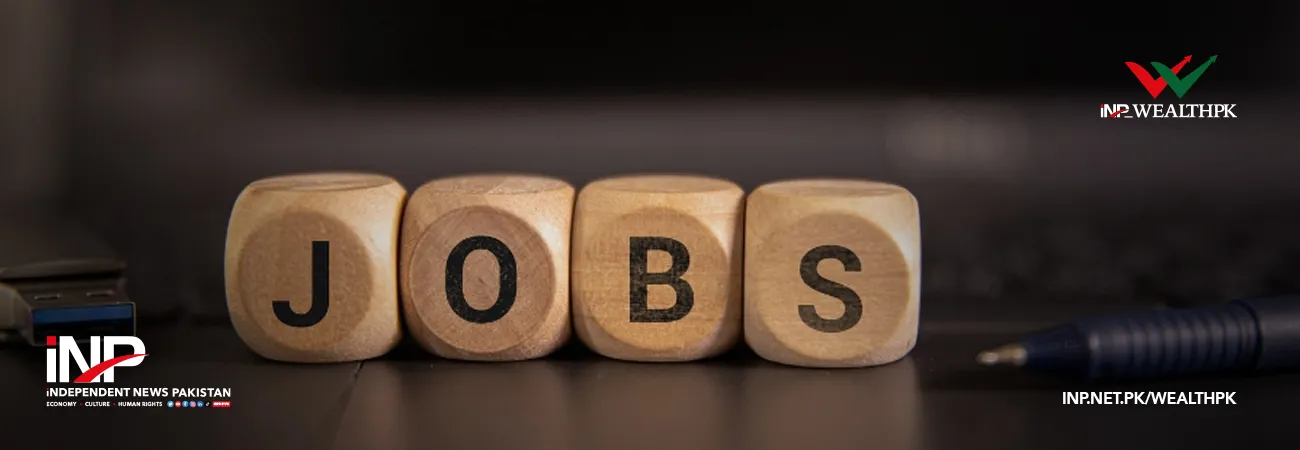INP-WealthPk
Amir Khan
To revitalize economy, there is a need for a substantial increase in bank lending, with the ratio of advances to deposits targeted to rise from the current 44.7% to nearly 60%, Dr. Eatzaz Ahmed, Memorial Chairperson State Bank of Pakistan, said this while speaking to WealthPK. To achieve this, Dr. Eatzaz recommended a progressive reduction in government holdings, including T/bills, bonds, and Sukuk, to less than Rs15 trillion. Additionally, an Open Market Operation (OMO) injection of Rs5 trillion is suggested to be allocated to the banks, specifically targeting the corporate sector, aligning with the ambitious 60% bank lending target. He said despite external funding delays and challenges, the economic growth was cautiously estimated at 2%, aligning with the foreign donors' predictions. Obtaining approval from the International Monetary Fund (IMF) has become increasingly difficult, with the institution adopting a more stringent stance, creating a significant hurdle for Pakistan. "Inflation and currency circulation are intertwined challenges facing the Pakistani economy. Geopolitical tensions, particularly the Russia-Ukraine conflict, have exacerbated financial stress globally.
However, Pakistan's unique issues stem from the lack of fiscal adjustments and economic reforms, hindering the effectiveness of monetary tightening," he added. He suggested a shift towards taxing all incomes to alleviate inflation, contributing to an increase in the tax-to-GDP ratio. Predicting a challenging year, he said inflation was anticipated to reach 24%, easing to 15-18% towards the fiscal year's end. Following an IMF staff-level agreement, the Pakistani Rupee has remained stable. The State Bank of Pakistan's (SBP) policy rate of 22% is a subject of debate, with experts proposing a potential reduction by 100 basis points in the current fiscal year and a further 200 to 400 basis points in the subsequent fiscal year, provided inflation stays within the 15-18% range. As Pakistan navigates economic challenges, critical indicators include improved SBP FX reserves and international reserves/foreign currency liquidity.
However, concerns arise over the rising external debt and liabilities, domestic debt, and the impact of Open Market Operation (OMO) injection on credit to the private sector. Addressing these challenges requires political stability post-election, coupled with a focus on GDP growth, budgetary restraint, debt restructuring, improved trading conditions, and stable macroeconomic policies. Pakistan faces a delicate economic landscape in 2024, with strategic measures needed to boost growth, manage inflation, and secure stable currency dynamics. The proposed steps aim to strike a balance between fostering economic development and addressing the challenges posed by global and domestic factors. As the nation stands at a crossroads, the decisions taken in the coming months will play a pivotal role in shaping its economic trajectory.
Credit: INP-WealthPk













